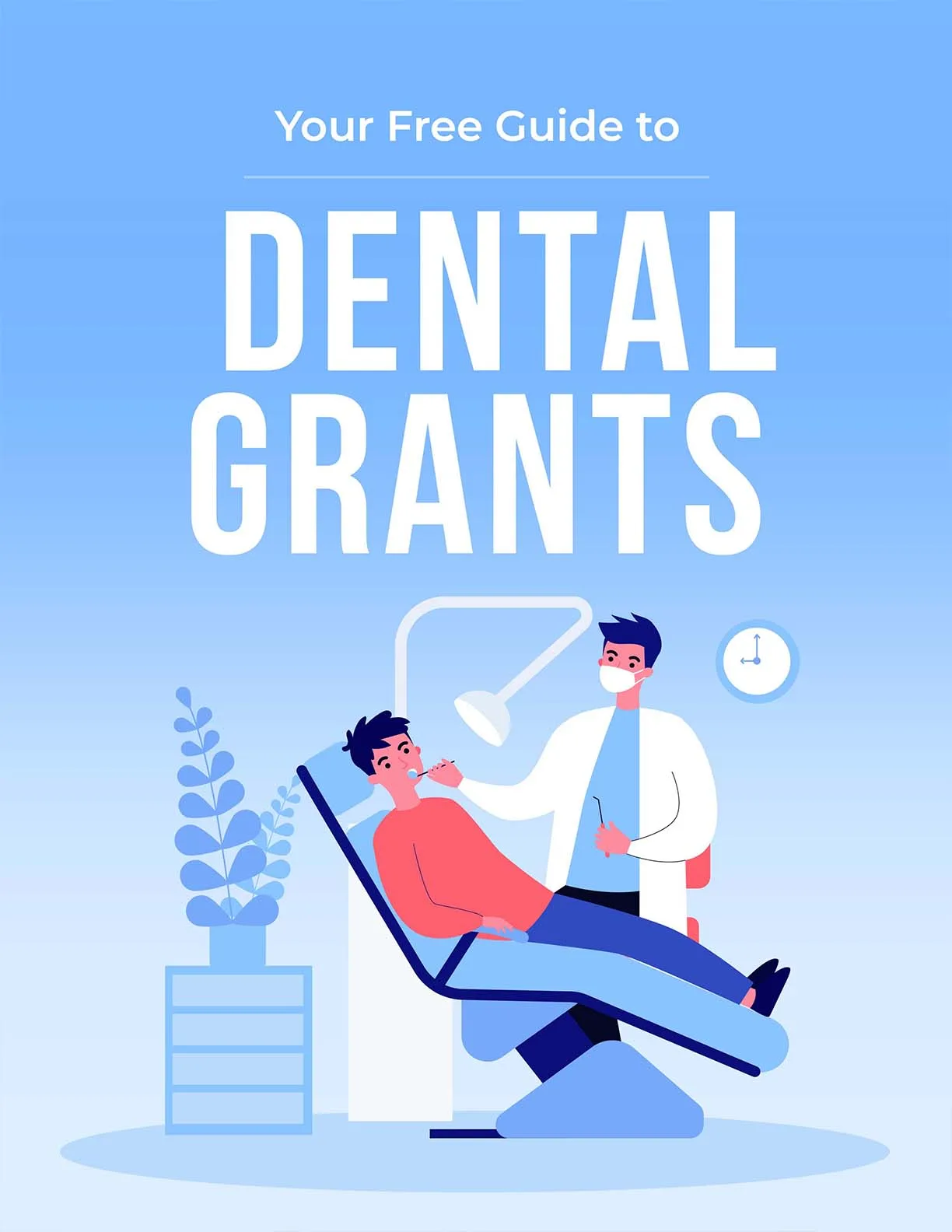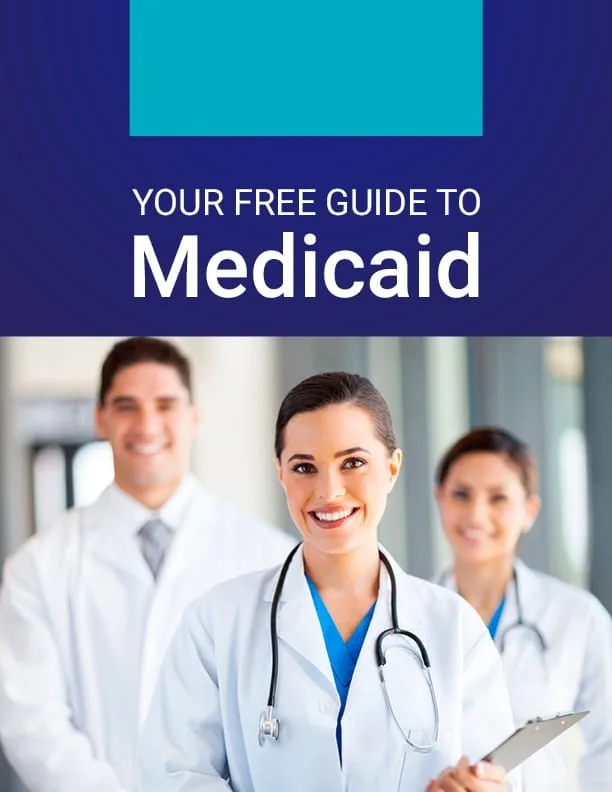Your Free Guide to 2024 Medicare Open Enrollment
Your Free Guide to 2024 Medicare Open Enrollment
We are privately owned and not affiliated with the government in any way or form.

Introduction to Medicare Open Enrollment
Are you ready to dive deep into the world of Medicare Open Enrollment? Whether you’re a newcomer to Medicare or a seasoned beneficiary, understanding the nuances of the Open Enrollment period is crucial for securing the best possible healthcare coverage.
In this guide, you can learn more about the process of enrolling in Medicare this year. From its significance and specific dates to the enrollment process, required documents, potential repercussions of missing the deadline, and additional tips, we’ve got you covered.
What is Medicare?
Medicare is a federal health insurance program in the United States that provides essential healthcare coverage to eligible individuals, primarily targeting those 65 years of age and older.
It’s also available to younger individuals with qualifying disabilities and specific medical conditions. Whether you’re approaching retirement or decades away, it’s never too early to explore your healthcare options.
Medicare isn’t a one-size-fits-all solution; it’s a mosaic of four interconnected parts, each covering specific healthcare needs.
Part A: Hospital Insurance
Medicare Part A provides essential coverage for inpatient hospital care, skilled nursing facility care, hospice care, and limited home health care services. Most people do not need to pay a premium for Part A if they or their spouse worked and paid Medicare taxes for a specified period.
However, if you haven’t met the required work history, you may still be able to enroll in Part A by paying a premium. The premium amount can change annually and depends on how long you or your spouse paid Medicare taxes.
Individuals who have paid Medicare taxes for fewer than 40 work quarters (10 years of work) are required to pay premiums for Medicare Part A coverage.
Those who do not qualify for premium-free Part A will be charged the following premiums in 2024:
- Enrollees with less than 30 quarters of work credits: $505 monthly
- Enrollees with 30-39 quarters of work credits: $278 monthly
Part B: Medical Insurance
Part B covers outpatient care, doctor’s visits, preventive services, and some home health care. It’s designed to promote preventive health measures and ensure access to necessary medical services outside of a hospital setting.
It requires a monthly premium. The standard 2024 monthly premium amount is $174.70. However, some enrollees with higher incomes may be required to pay higher monthly Part B premiums. This is based on the modified adjusted gross income, or MAGI. Your MAGI is calculated by finding your total income for the entire year and adding back any tax-exempt interest or deductions.
It’s important to note that you can decline Part B if you have other qualifying coverage.
Part C: Medicare Advantage Plans
Medicare Advantage Plans (Part C) offer an alternative way to receive your Medicare benefits through private insurance companies. These plans combine the coverage of Medicare Parts A and B and often include additional benefits, such as prescription drug coverage, dental, vision, and wellness programs.
Medicare Advantage Plans typically have monthly premiums in addition to the Part B premium. The cost can vary based on the plan type, the benefits offered, and your location.
Part D: Prescription Drug Coverage
Part D provides prescription drug coverage through private insurance plans. Part D aims to reduce the financial burden of prescription drug expenses, which can be substantial, especially for individuals with chronic conditions or complex medication regimens.
The costs of coverage and specific drugs can vary between plans. Each Medicare Part D plan has a formulary, which is a list of prescription drugs that the plan covers. Formularies categorize drugs into different tiers, each with a different cost-sharing structure (deductibles, copayments, and coinsurance). Typically, generic drugs are placed in lower-cost tiers, while brand-name and specialty drugs may be in higher-cost tiers.
What is Open Enrollment?

Medicare Open Enrollment is an annual event that allows individuals enrolled in Medicare to make changes to their existing coverage. The Open Enrollment Period, or OEP, is only for people who already have Medicare. This is different from the Initial Enrollment Period (IEP), which allows people to sign up for Medicare for the first time.
Open Enrollment encompasses Original Medicare (Part A and Part B), Medicare Advantage (Part C), and Medicare Prescription Drug Plans (Part D). Think of it as your once-a-year opportunity to reevaluate your healthcare needs and ensure your coverage remains aligned with your current circumstances.
The Open Enrollment Timeline
Medicare’s Open Enrollment Period spans from October 15th to December 7th each year. This 54-day window provides an opportunity to meticulously evaluate your current plan, delve into potential alternatives, and ultimately solidify your decision. It’s important to avoid procrastination during this period – so make sure to etch these dates in your schedule.
If you switch or join a Medicare plan during this time, coverage begins on January 1 of the following year.
Things to Consider During Open Enrollment
For folks who currently have Medicare, the Open Enrollment Period is an important time to examine their healthcare needs. Things can change in a year’s time, and the OEP is the only time (excluding a qualifying life event) that beneficiaries can make a change without getting penalized.
Step 1: Reflect and Evaluate – Start by assessing your existing Medicare plan. Dive deep into its coverage details, benefits, and any gaps that may have surfaced since your last enrollment.
Step 2: In-Depth Research – Armed with a thorough understanding of your current coverage, you can then go on a research quest. Explore the diverse array of Medicare plans available within your area. You can use online resources, including the official Medicare website and comparison tools, to meticulously analyze costs, benefits, and coverage dimensions.
Step 3: Crafting Your Coverage Blueprint – The next step is to envision healthcare coverage for your unique needs. You can create a wish list that encapsulates your desired benefits, prescription coverage preferences, and favored healthcare providers. This compilation can serve as your North Star guiding you towards your personalized coverage.
Step 4: Seeking Expert Counsel – You might consider seeking guidance from professionals. Engage in conversations with Medicare representatives, insurance experts, and individuals who have tread the path of Open Enrollment before you. Their insights may provide invaluable depth to your decision-making process.
Step 5: Finalizing Enrollment – Once equipped with knowledge and insights, take the step to formalize your enrollment. You can do this through the Medicare website, through the phone, or a visit to your local Social Security office to solidify your selection.
Essential Tools: Documentation and Information for Enrollment
Once you are ready to enroll in a Medicare plan, you may need to gather any or all of the following documents and information:
- Medicare Card: Your access to the realm of Medicare benefits.
- Medication Inventory: Compile a comprehensive list of current medications to make sure you find a plan with appropriate prescription coverage.
- Personal Data: Details including your Social Security number (SSN) and contact information are vital for a streamlined process.
- Additional Coverage Information: Document any supplementary health insurance you possess to make informed decisions about your primary Medicare coverage.
What If You Miss Open Enrollment?
The Medicare Open Enrollment Period (OEP) offers an opportunity to review, change or add to your Medicare coverage. But what happens if you miss it?
There are other ways to change your Medicare health coverage, though you may be penalized for doing so:
- Medicare Advantage Disenrollment Period (MADP): From January 1st to February 14th, a second chance beckons. During this period, you can transition back to Original Medicare (Part A and Part B) or consider joining a standalone Medicare Part D plan.
- Special Enrollment Periods (SEPs): Life’s surprises can trigger a Special Enrollment Period. Events like relocation, loss of alternative coverage, or becoming eligible for supplementary assistance can grant you the opportunity to make changes outside the regular timeframe. These are known as “qualifying life events.”
Tips and Further Consideration

- Evaluate Your Medication List: If you’re dependent on prescription medications, double-check that your preferred plan covers them. Different plans boast varied formularies, so meticulous scrutiny is essential.
- Network Check: For those who have specific healthcare providers or specialists in mind, confirm their participation in the network of the plan you’re eyeing.
- Budgeting: Beyond premiums, factor in associated costs such as deductibles, copayments, and coinsurance when calculating the financial impact of your chosen plan.
- Holistic Thinking: Don’t just focus on your current health status. Anticipate potential changes in your health requirements, and opt for a plan that remains adaptable to evolving needs.
- Guidance is Valuable: If the enrollment process feels daunting, remember that assistance is available. Seek help from local Medicare offices, SHIP (State Health Insurance Assistance Program) counselors, or even trusted family members.
Closing Thoughts: Empowerment Through Knowledge
Medicare Open Enrollment is a yearly window of opportunity to fine-tune your healthcare coverage, ensuring it aligns with your health needs and preferences. As you venture through the stages of comparison, contemplation, and enrollment, remember that knowledge is your compass.
Circle October 15th on your calendar, and embark on this journey toward securing the right Medicare coverage for you. Here’s to embracing a healthier and more prosperous 2024 – a year where your healthcare journey is meticulously crafted by your own hand.






